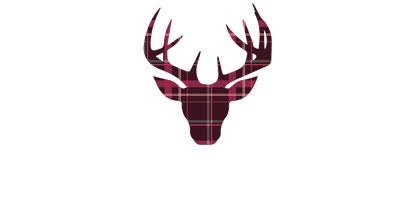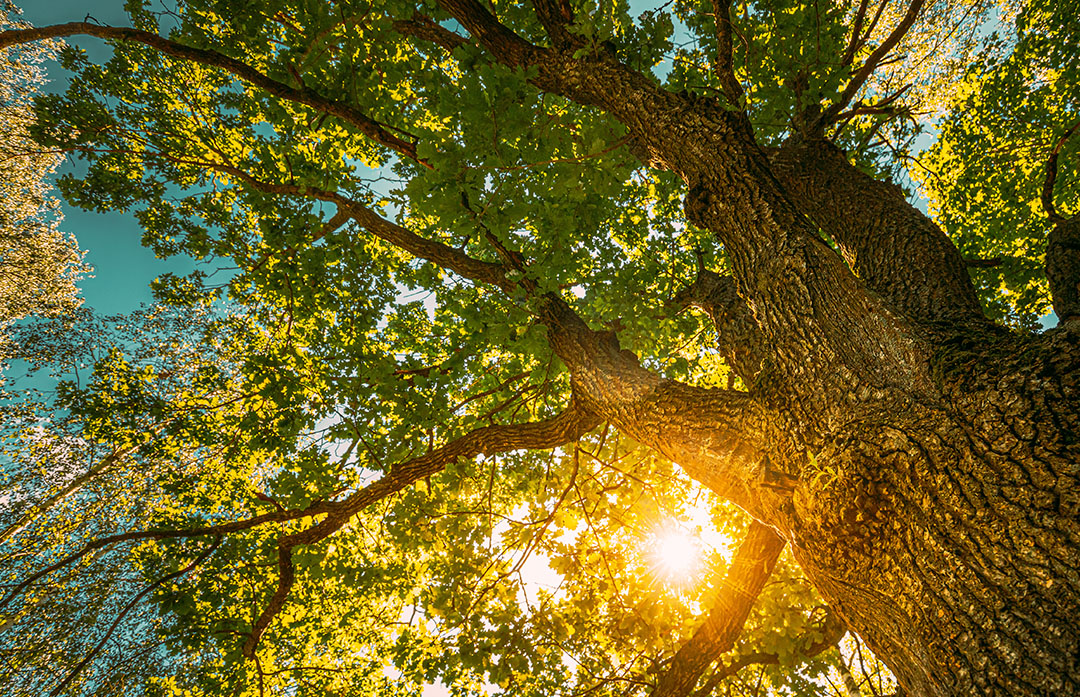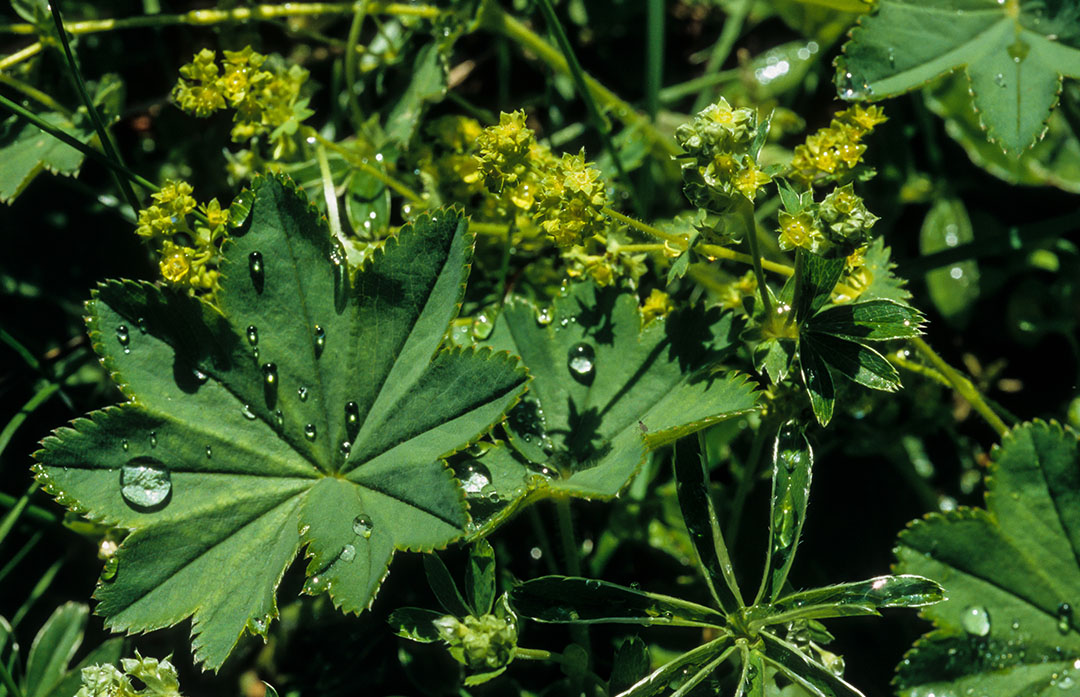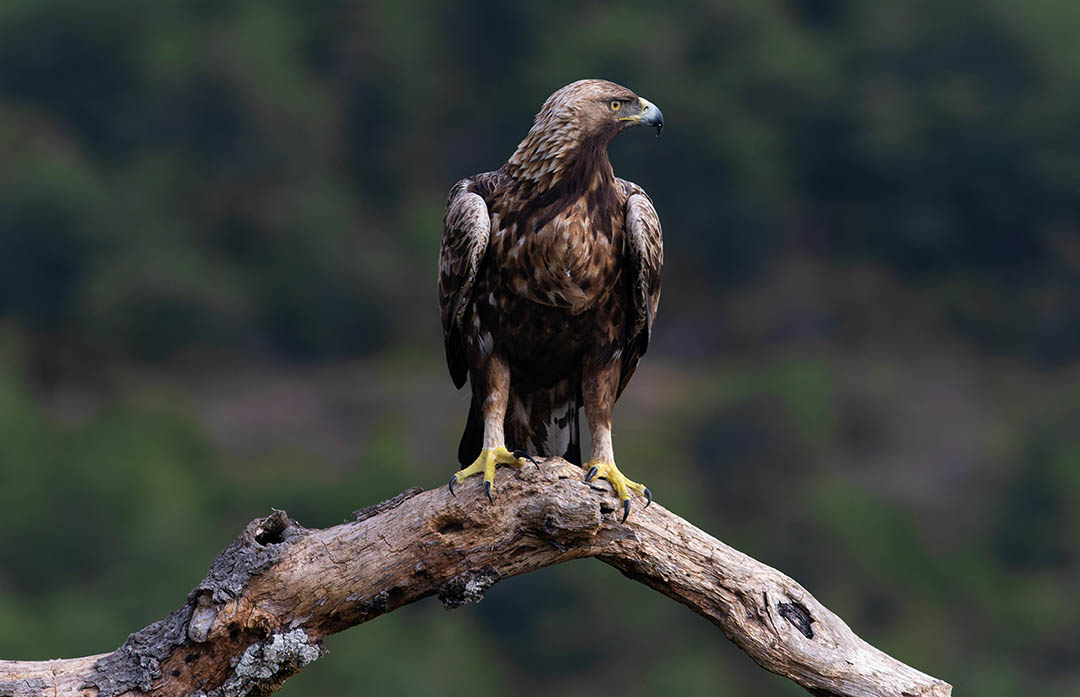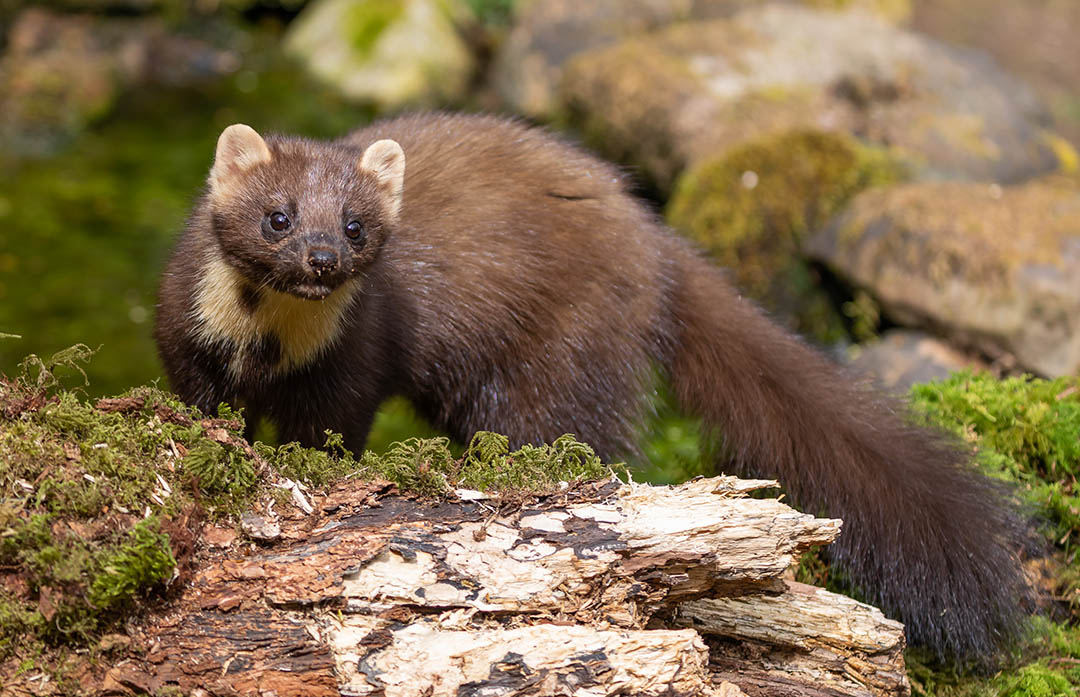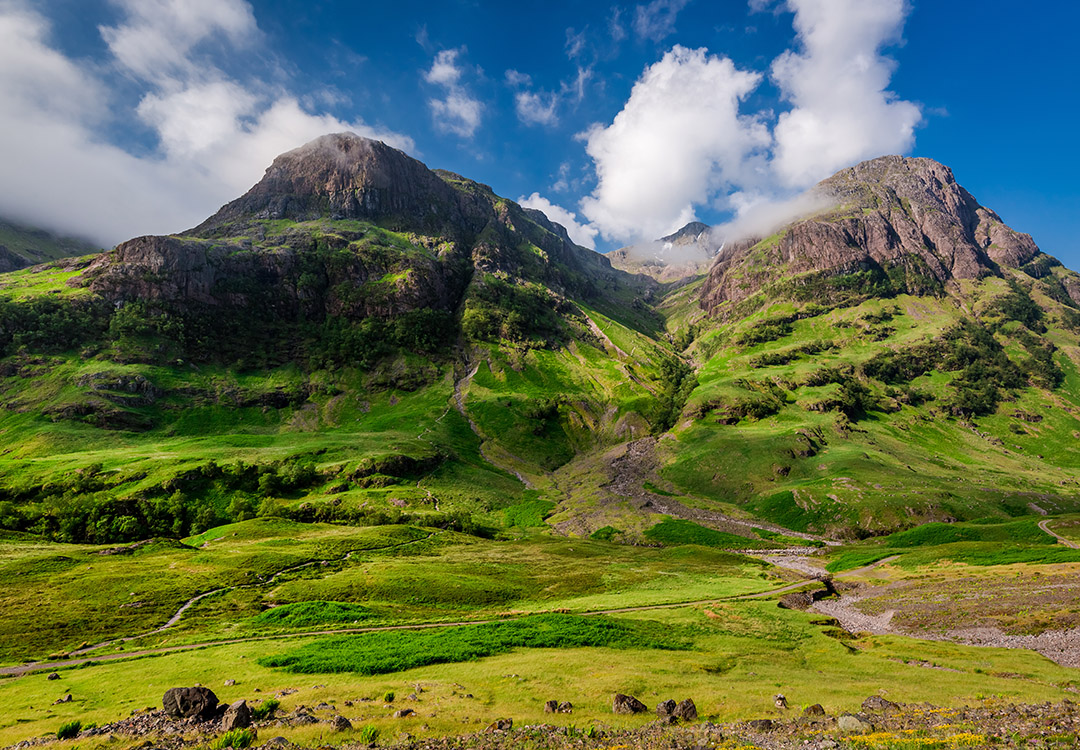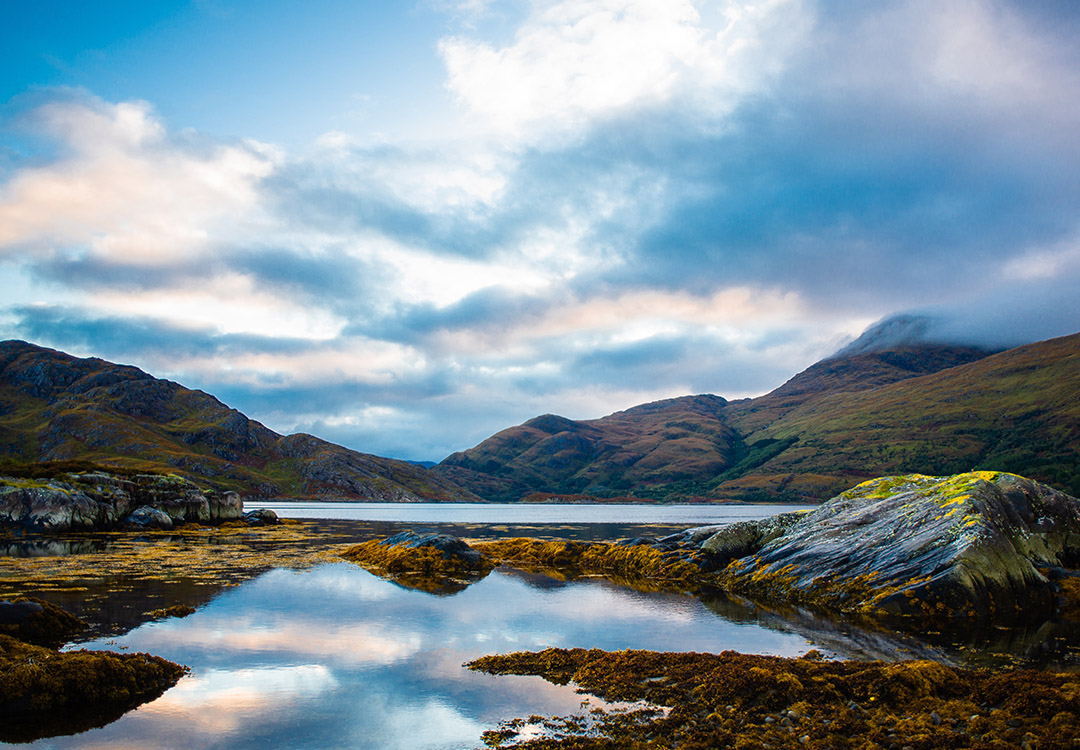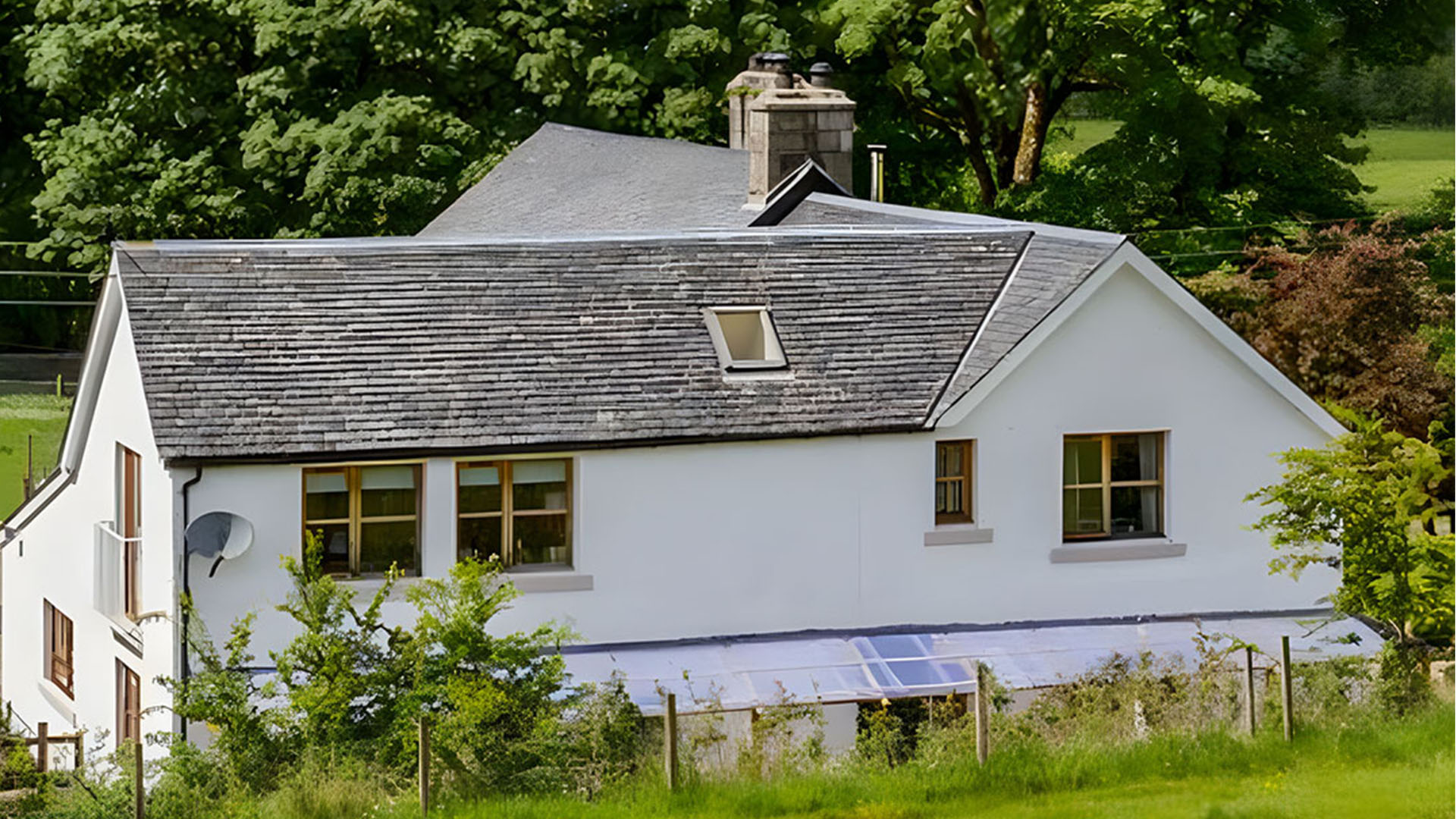Exploring the Flora and Fauna of Glencoe: A Natural Wonderland
Glencoe, one of the most picturesque valleys in the Scottish Highlands, is renowned for its towering mountains, sweeping landscapes, and deep cultural history. However, beyond its dramatic scenery, the glen is also home to an incredible variety of plants and wildlife. Its rugged terrain and unique microclimates provide diverse habitats that support a fascinating range of flora and fauna. Whether you’re staying in the peaceful surroundings of Strontian, at Grant Cottage or Drimnatorran Farm Lodge, a trip to explore the natural beauty of Glencoe is just a short journey away.
The Geological Influence on Glencoe’s Ecosystem
Understanding Glencoe’s unique plant and animal life begins with its formation. The valley was shaped millions of years ago by volcanic activity, followed by glaciers that carved out its steep cliffs and ridges. This geological history created a wide variety of habitats—from sheltered woodlands to rocky highlands—each offering a unique environment for different species to thrive.
Flora of Glencoe
Glencoe’s plant life is as diverse as its landscape, from ancient forests in the lower valley to hardy alpine plants in the high, windswept peaks. Despite the often challenging climate of the Scottish Highlands, many plants here have adapted to the rugged conditions.
1. Woodlands
In the lower areas of the glen, you’ll find patches of ancient woodland, mainly composed of Scots pine, birch, rowan, and oak trees. These woodlands not only provide shelter for wildlife but also help stabilize the soil in the valley. The Scots pine, a symbol of the Highlands, is particularly important, creating a habitat for many birds and mammals.
2. Heather Moorland
As you ascend into the hills, the trees give way to open moorland, where heather dominates the landscape. During late summer, the heather blooms, covering the hillsides in a vibrant purple. Other plants like bell heather and cross-leaved heath also thrive here, well-suited to the acidic, nutrient-poor soils that characterize the moorlands.
3. Alpine Plants
At higher elevations, the flora changes again to plants typically found in alpine and arctic environments. Delicate species such as mountain avens, moss campion, and alpine lady’s mantle cling to life on the rocky slopes. These plants have evolved to survive in the harsh conditions of the highlands, enduring freezing temperatures, strong winds, and poor soil.
4. Wetlands and Boglands
In the glen’s wetter areas—along riverbanks and in the valley floor—you’ll find bogs filled with sphagnum moss, which acts like a sponge to retain water. These boglands are home to plants like bog asphodel, cotton grass, and even the insect-eating sundew, which traps tiny insects to gain nutrients in its nutrient-poor environment.
Fauna of Glencoe
Glencoe is not just a haven for plant life; it is also teeming with wildlife. The variety of habitats supports an impressive array of animals, from large mammals and birds of prey to small amphibians and reptiles.
1. Mammals
One of the most iconic animals of Glencoe is the red deer, Scotland’s largest land mammal. You can often spot these majestic creatures grazing in the glen’s open areas, especially in the early morning or late evening.
Other notable mammals include the elusive pine marten, which is slowly making a comeback in the area, and otters, which can sometimes be seen along the rivers. Mountain hares, with their coats turning white in winter, live in the higher, colder regions of the glen, while water voles—once in decline—can be found near the wetlands.
2. Birds
Glencoe is a birdwatcher’s paradise. Perhaps the most awe-inspiring sight is the golden eagle, which soars above the glen’s crags, hunting for prey like rabbits and hares. These powerful birds of prey are emblematic of the Scottish wilderness.
In the woodlands, look out for crested tits, crossbills, and the rare capercaillie. On the moorlands, you might spot red grouse and ptarmigan, while near the rivers and lochs, you can find wading birds such as oystercatchers and curlews.
3. Reptiles and Amphibians
Though less commonly associated with the Scottish Highlands, Glencoe is home to several species of reptiles and amphibians. Common frogs and toads thrive in the boggy wetlands, while slow worms—a type of legless lizard—can be found in the heathlands. Adders, the UK’s only venomous snake, are sometimes seen basking in the sun in sheltered spots, though they are generally shy and avoid human contact.
4. Invertebrates
Glencoe’s wetlands are alive with a variety of invertebrates, particularly in the summer months. Dragonflies and damselflies flit above the bogs and streams, while butterflies and moths, such as the small pearl-bordered fritillary and northern eggar moth, can be found in the moorlands and woodlands.
Conservation Challenges
While Glencoe’s biodiversity is rich, it is also fragile. Habitat loss, climate change, and the pressures of tourism pose significant threats to the flora and fauna. Overgrazing by deer, for example, can prevent forests from regenerating, which in turn affects the wildlife that depends on these habitats. Conservation groups, such as the National Trust for Scotland, are actively working to restore native woodlands and protect the delicate peat bogs that play a vital role in the ecosystem.
Efforts to reintroduce native species and manage deer populations have already seen some successes, such as the return of pine martens and golden eagles to the area. Continued conservation efforts are critical to ensuring the survival of Glencoe’s unique wildlife for future generations.
A Perfect Base for Exploring Nature
If you’re staying at Grant Cottage or Drimnatorran Farm Lodge in Strontian, you’re ideally situated to explore not only Glencoe but also the wider Ardnamurchan Peninsula, known for its untouched wilderness and thriving wildlife. The nearby Ardery Forest and Loch Sunart also offer opportunities to experience some of Scotland’s most unspoiled natural environments, where otters, eagles, and red deer are frequently spotted.
A Word From Your Hosts
The flora and fauna of Glencoe are as breathtaking as the landscape itself. From ancient pine forests to alpine plants clinging to rocky peaks, and from soaring eagles to secretive otters, the biodiversity of the glen offers a window into the resilience of nature in a harsh but beautiful environment. Whether you’re visiting for a peaceful retreat at Grant Cottage or Drimnatorran Farm Lodge, or exploring the rugged beauty of Glencoe, this natural heritage is sure to leave a lasting impression. Conservation efforts continue to ensure that this remarkable landscape and its wildlife will remain a vital part of Scotland’s natural legacy for generations to come.
